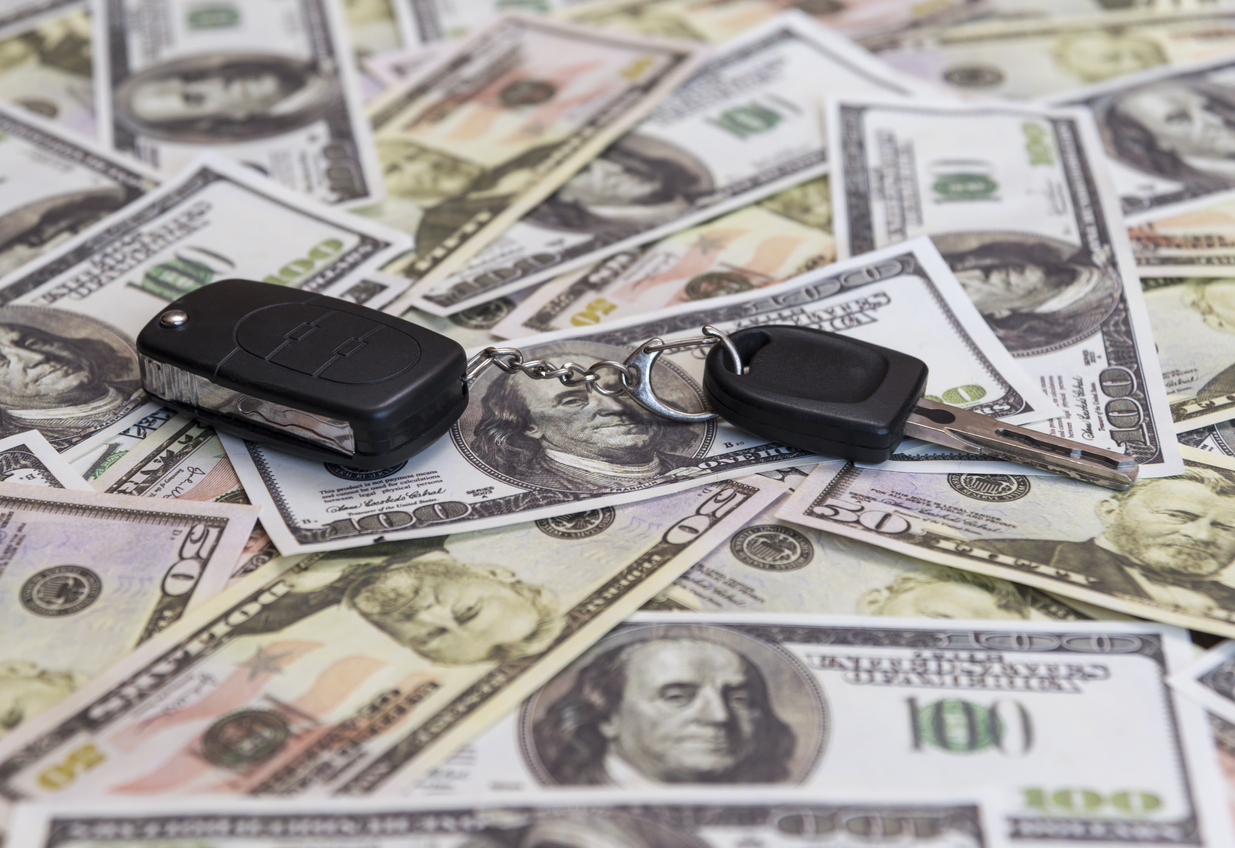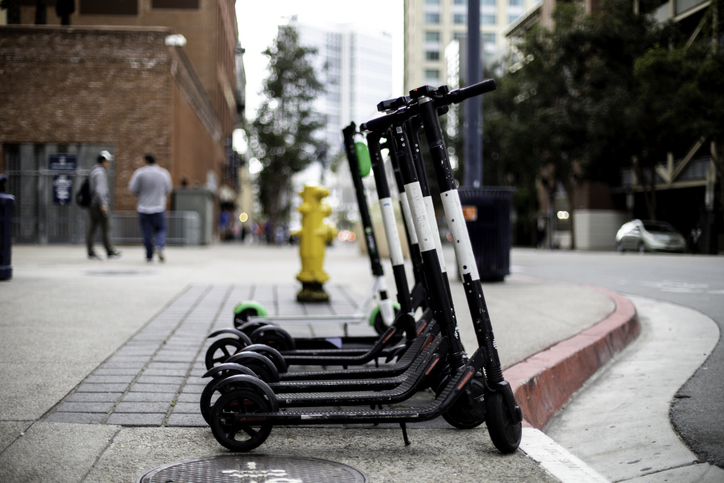Contrary to the political spin from some politicians about the recently passed $17 billion transportation funding package, it is in fact funded with tax and fee increases that will be paid by Washingtonians.
The most egregious increase is the tax on gasoline, passed in last year’s cap-and-trade program called the Climate Commitment Act (CCA), for the specific purpose of funding this very transportation package. As my colleague Todd Myers pointed out in a detailed blog post, this year’s transportation package relies on $5.4 billion in funding from the Carbon Emission Reduction Account, created last year in the CCA, which comes from a tax on CO2 permits sold by the state. He observes that per the CCA fiscal note, “The lowest price of the CO2 permits will be $20.60 per metric ton (MT) of CO2. Each gallon of gas emits 19.4 pounds of CO2 when combusted, which translates to 18.3 cents per gallon at $20.60 per MT.”
Acknowledging the harm done by the tax increase, the CCA “specifically authorizes money to offset the increased cost of gasoline and other energy, including programs to ‘reduce the energy burden of people with lower incomes, as well as the higher transportation fuel burden of rural residents.’”
Governor Inslee even boasted that the tax increase in the CCA was necessary to funding this year’s passed transportation package, stating that “Thanks to the Climate Commitment Act passed last year, our cap-and-invest program is providing billions of dollars that we can use to equitably turn the cost of carbon pollution into low- and no-carbon transportation options.”

Lawmakers like Senator Marko Liias refuse to acknowledge the tax on gasoline is a “tax increase,” much less a “gas tax,” because the money from the CCA “tax on gasoline” is diverted to non-highway purposes. The traditional gas tax we pay is constitutionally dedicated to pay for roads. In practice, drivers will experience the pain of the “tax on gasoline” the same way they would with a “gas tax.” An 18-cent increase in gas tax means drivers will pay at least 67.4 cents per gallon to the state (49.4 cents dedicated to roads, and 18 cents diverted to non-highway expenses). This doesn’t include the 18.4 cents per gallon drivers pay in tax to the federal government.
Next year, drivers can expect to pay at least 85.8 cents in total gas tax per gallon – a 26.5% tax increase over the usual 67.8 cents.
Drivers can also expect to pay higher fees, since the transportation package relies on fee increases from 75% to 400%.
For example, the package increases license plate fees on motorcycles and cars. If a driver wants an original license plate, rather than paying the current $10, they will have to pay $50. If they want a replacement license plate, it will cost them $30. If you own a motorcycle, an original license plate will increase from $4 to $20, and to $12 for a replacement only. These increases go into effect in July.
Enhanced driver’s license and identicards will also cost more. For a six-year license, the fee will increase from $24 to $42. For an eight-year license, the fee will increase from $32 to $56. This begins in October.
Legislators also increased the stolen vehicle check fee. If someone moves to Washington from a different state, they will need a replacement title. The state requires a mandatory check to make sure the vehicle is not stolen before they issue the replacement title. The transportation package increased the fee from $15 to $50 starting in July, and then to a whopping $75 in 2026.
You can view a list of taxes and fees that fund the transportation package here. This includes the increases I’ve mentioned, along with others and legislative transfers from other parts of the budget. Don’t be fooled by the sterile language or the pollical spin – taxpayers are paying for this massive transportation package.




